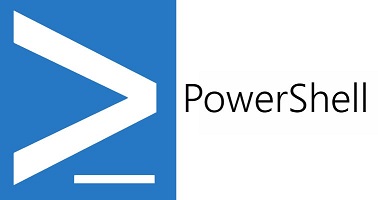The Active Directory PowerShell module is a command-line interface that allows administrators to manage Active Directory objects using PowerShell commands. The module is designed to be used with Microsoft’s Active Directory Domain Services (AD DS) and Active Directory Lightweight Directory Services (AD LDS).
The Active Directory PowerShell module provides a set of cmdlets (commands) that can be used to perform various administrative tasks related to Active Directory. These cmdlets are organized into different categories based on the type of task they perform, such as user management, group management, domain management, etc.
Some examples of common tasks that can be performed using the Active Directory PowerShell module include:
- Creating and managing users, groups, and organizational units (OUs)
- Configuring domain controllers and sites
- Managing group policy objects (GPOs)
- Querying and modifying directory attributes
To use the Active Directory PowerShell module, first, you need to install it on a domain-joined computer that has the Active Directory RSAT (Remote Server Administration Tools) installed. Once installed, you can open PowerShell with administrative privileges and import the Active Directory module using the following command:
Import-Module ActiveDirectory
After importing the module, you can use the available cmdlets to manage Active Directory objects. For example, to create a new user account, you can use the New-ADUser cmdlet:
New-ADUser -Name "John Smith" -SamAccountName jsmith -AccountPassword (ConvertTo-SecureString "P@ssw0rd" -AsPlainText -Force) -Enabled $true -Path "OU=Employees,DC=contoso,DC=com"
This command creates a new user account named John Smith with the logon name jsmith, sets the password to P@ssw0rd, enables the account, and places it in the Employees OU in the contoso.com domain.
Active Directory PowerShell module provides a powerful toolset for managing Active Directory objects through the command line interface, enabling administrators to perform various tasks more efficiently and with greater flexibility.
